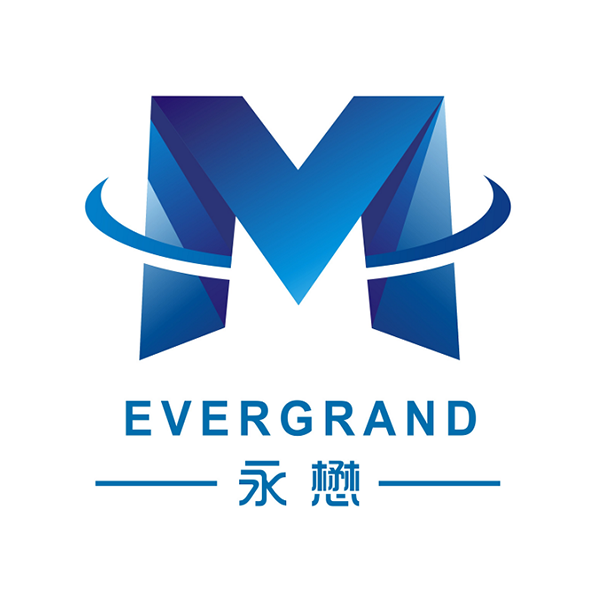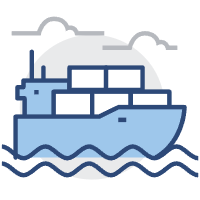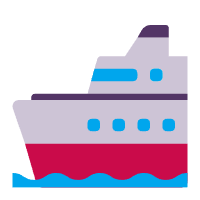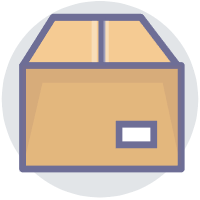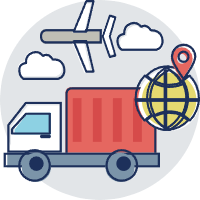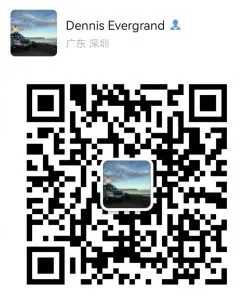When it comes to international trade, especially for small and medium-sized shipments, LCL (Less than Container Load) shipping is often the most cost-effective solution. Understanding the LCL shipping procedure is critical for importers and exporters who want to optimize transit times, reduce costs, and minimize logistical confusion. Whether you're shipping from China to the U.S., Europe, or any other global destination, knowing how the LCL shipping process works can help you stay ahead in today’s competitive global market. LCL stands for Less than Container Load. It refers to the practice of consolidating cargo from multiple shippers into one container. Instead of paying for a full container (FCL), businesses can share space and cost with other consignees. This makes LCL ideal for small-volume shipments that don’t require a full 20ft or 40ft container.
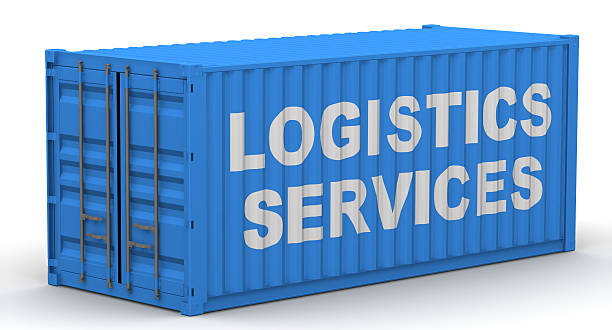
LCL shipping is a standard option offered by freight forwarders and logistics providers worldwide, especially for shipments from China, where consolidation hubs operate in major ports like Shenzhen, Ningbo, and Shanghai.
The Complete Step-by-Step LCL Shipping Procedure
1. Cargo Preparation and Packaging
The LCL shipping procedure starts with the proper preparation of goods. Since multiple shipments will share the same container, professional packaging is essential. Your goods must be securely packed, labeled, and palletized if necessary to prevent damage during transport. Many LCL logistics providers offer packaging services for exporters who need assistance.
2. Booking LCL Space with a Freight Forwarder
Once your cargo is ready, you book your LCL shipment through a freight forwarder. The booking includes cargo details, pickup location, volume (CBM), weight, and the final destination. At this point, the forwarder confirms available sailings and schedules your cargo for the next available consolidation.
3. Delivery to the Consolidation Warehouse (CFS)
Your cargo is then delivered to the Container Freight Station (CFS), also known as the consolidation warehouse. This can be done by your trucker or arranged by the freight forwarder. At the CFS, your cargo is weighed, measured, and stored temporarily while awaiting consolidation with other shipments bound for the same destination.
4. Cargo Consolidation and Container Loading
Once all compatible shipments arrive, the freight forwarder consolidates them into one container. This process requires accurate documentation and efficient space planning. The container is sealed and transported to the origin port (such as Shanghai or Ningbo) for export.
5. Customs Clearance at the Port of Origin
Before the cargo leaves the country, it must clear export customs. The exporter or freight forwarder submits the necessary documents, including the commercial invoice, packing list, and shipping instructions. In China, this step is usually quick when handled by experienced agents.
6. Ocean Freight and Transit
The sealed container is loaded onto a vessel and shipped to the destination port. The transit time depends on the origin and destination; for example, an LCL shipment from China to the U.S. West Coast may take 15–20 days. During this stage, your freight forwarder should provide tracking updates and estimated arrival dates.
7. Customs Clearance at Destination Port
Once the container reaches the destination port, it undergoes customs clearance. Each consignee is responsible for submitting their documentation and paying duties or taxes. Most LCL freight forwarders can handle this on your behalf through local agents.
8. Deconsolidation at Destination CFS
After clearance, the container is transported to the destination CFS for deconsolidation. Your cargo is separated from other shipments and prepared for pickup or delivery. You’ll receive a notification when your goods are ready.
9. Final Delivery to the Consignee
The final step in the LCL shipping process is the last-mile delivery. Depending on your arrangements, the freight forwarder may handle door-to-door shipping, or you can pick up the cargo at the CFS. This step marks the successful completion of the LCL shipping cycle.
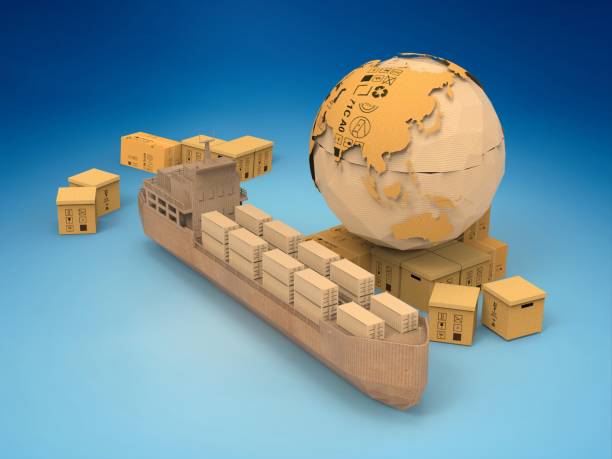
Why Choose LCL Shipping for Your Business?
Choosing LCL shipping comes with several advantages:
√ Cost-Effective: You only pay for the space you use in the container.
√ Flexible: Ideal for smaller shipments that don’t require full container volume.
√ Frequent Schedules: Many LCL freight routes offer weekly sailings.
√ Global Reach: LCL services are available for almost all major international trade lanes.
However, LCL does require additional handling (consolidation and deconsolidation), which can slightly increase transit time and handling risk. That’s why choosing an experienced LCL freight forwarder is crucial.
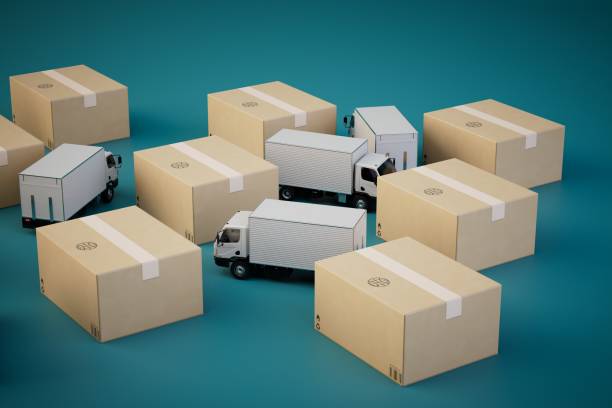
Important Documents for LCL Shipments
To ensure a smooth LCL logistics process, you’ll need the following documents:
Commercial Invoice
Packing List
Bill of Lading (HBL/MBL)
Export/Import Licenses (if required)
Certificate of Origin (if applicable)
Tips for Smooth LCL Freight from China
Choose a freight forwarder with proven LCL experience.
Provide accurate cargo dimensions and weight.
Confirm the CFS cut-off time for cargo delivery.
Prepare complete documentation early to avoid delays.
Track your shipment regularly and stay in contact with your forwarder.
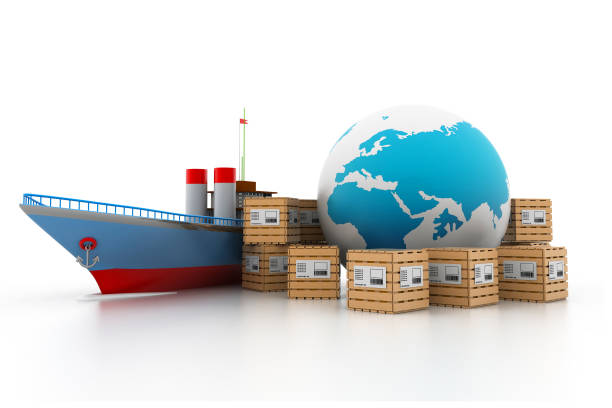
Conclusion:
The LCL shipping procedure offers a smart, flexible, and budget-friendly solution for businesses that need to move smaller volumes internationally. By understanding each step of the LCL process—from booking and consolidation to customs clearance and final delivery—you can reduce delays, save money, and improve your global supply chain. If you frequently ship from China or other manufacturing hubs, mastering the LCL process is key to staying competitive.
Want to learn more or book your next LCL shipment? Contact a reliable freight forwarder today and streamline your logistics.
